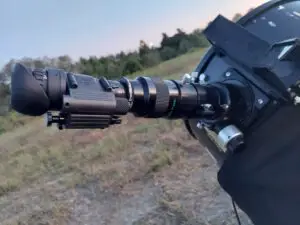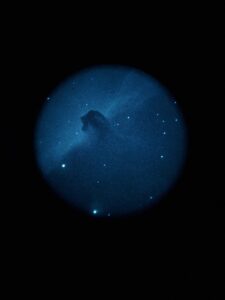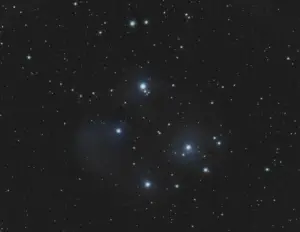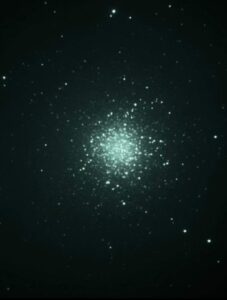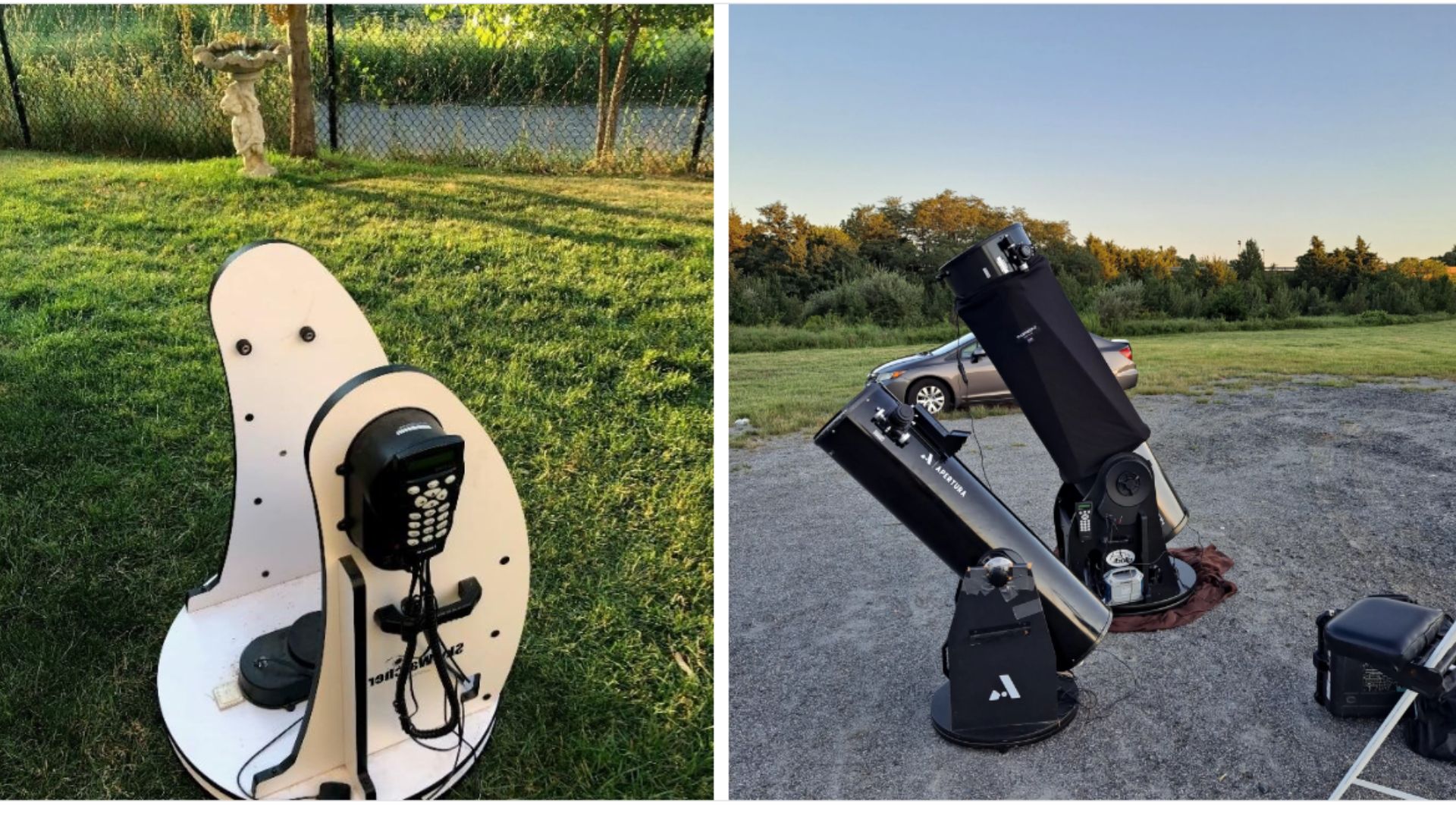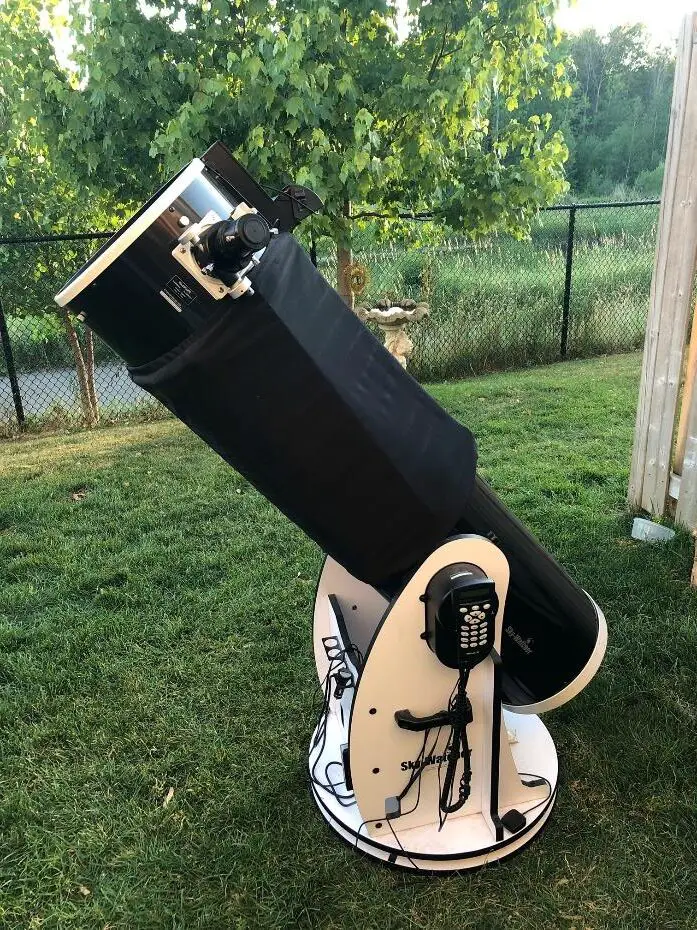The 8-inch Dobsonian is one of the most often-recommended telescopes for serious beginners. There are a few models to choose from, any of which should give comparable performance. In this article, we’ll be looking at one of the more popular models: the Orion SkyQuest XT8 Classic.

About Dobsonians
The term Dobsonian refers to a Newtonian reflecting telescope mounted on a wooden base.
If the same telescope is mounted on a tripod, it is not a Dobsonian.
Technically other optical designs can be mounted on Dobsonian bases but reflectors are by far the most common.
These telescopes come highly recommended for two main reasons:
- They are straightforward and easy to use.
- They provide the best price-to-performance ratio for visual use.
As we will see in this review, the XT8 Classic is exemplary of these traits.
XT8 Specifications
Aperture: 203mm
Focal length: 1200mm
Focal ratio: f/5.9
Weight: 40lbs
Assembly and Setup
If you are ordering a brand new XT8, the base will come flat-packed with an Allen key for screwing together the various boards.
As I recall, there are only five pieces to assemble, and the process is fairly easy. Still, you might want a buddy to assist.
The optical tube assembly (OTA) comes fully assembled in its own box, and if you’ve never seen one of these things before, let me warn you that they are big.
The optical tube is over 45” long and appears even larger in the box. (Side note from Corey: My wife was SHOCKED when the thing arrived, it looks like a cannon.)
To set up the telescope, all you do is place the OTA so that the large plastic bearings rest in the wooden cradle of the base.
The XT8 uses a system called CorrecTension to marry these two parts together. This consists of a pair of springs attached to the OTA which hook onto bolts in the base. These springs serve the dual purpose of keeping the OTA from falling off the base and adding tension to keep the scope balanced while in use.
I found they worked well, and I never felt the need for any sort of counterweight.
Most units are supplied with a red dot finder, though some may come with a 9×50 finderscope instead.
Whichever one you get, you will want to set the scope outside in daylight to get this aligned the first time you use it, as it will make aiming the telescope much easier.
It is possible for one person to lift the assembled telescope and carry it outside, as I did dozens of times. If you have any issues with the size or weight, you can simply bring the base out first and then carry the OTA out separately.
This is the kit sold by Orion.
Collimation
The mirrors of a reflecting telescope must be in alignment with the optical path for it to work properly. This is called collimation, and it is a source of anxiety among new telescope owners.
The XT8 Classic uses knurled bolts for tool-free collimation of the primary mirror, and hex screws for the secondary, all standard for this type of telescope.
The primary mirror is center-marked to aid the process.
My unit arrived with good collimation from the factory, and I never needed to adjust it more than once or twice a year.
A collimation cap is sufficient for this purpose, though some prefer to use a laser collimator and Cheshire eyepiece for greater precision.
In the Field
Even for a beginner, the XT8 Classic is a dream to use under the stars.
It does what you want every manually-driven telescope to do: it moves easily and stays where you point it without sagging.
Vibrations are minimal through the solid Dobsonian base, which is intuitive to use. You simply push or pull the telescope where you want it to go, using the convenient navigation knob located near the focuser.
Speaking of which, this unit comes supplied with a 2” Crayford-style focuser with a 1.2”” adapter.
This single-speed focuser is sufficiently smooth and precise to make fine adjustments at virtually any magnification, though a dual-speed focuser would be a nice upgrade.
For accessories, the XT8 Classic comes with a 25mm Sirius Plossl eyepiece providing 48x magnification.
I enjoyed the 25mm for sweeping the summer Milky Way as well as observing star clusters. For more compact targets like globular clusters and planetary nebulae, most users will want to add at least one more eyepiece for greater magnification.
We have a good list of eyepiece recommendations for every budget are listed in the article here.
The supplied red dot finder will help you aim the telescope anywhere in the sky.
However, it is not sufficient to zero in on small, faint targets, and the approximately 1-degree field of view provided by the 25mm eyepiece will only help so much.
This is where that 2-inch focuser comes in handy: you can upgrade to a 2-inch eyepiece such as the 38mm Q70, which will nearly double your field of view. This is not something you need to do right away but makes a nice upgrade down the road.
I love 2 inch eyepieces, you can read more about why in this article.
What Can You See with the XT8 Classic?
The 203mm parabolic primary mirror of the XT8 collects 77% more light than the 150mm mirror of the XT6—a significant upgrade!
This extra light-gathering muscle makes it ideal for deep-sky use.
My first time out with the XT8, observing from a Bortle 6 balcony, it didn’t take me long to find M11, the Wild Duck Cluster.
I can still recall how my heart leapt as I beheld that glittering patch of stars for the first time. A few minutes later, I found the Ring Nebula, and I was hooked.
The XT8 will resolve stars in the cores of bright globular clusters, show significant detail in emission nebulae, and pick out dozens of faint galaxies under dark skies.
Showpiece objects such as the Hercules Cluster and Orion Nebula are simply magnificent in this scope, even from light-polluted conditions.
With an optional nebula filter like the Orion Ultrablock you can clearly make out the long, sinuous wisps of the Veil Nebula.
The XT8 isn’t just a deep-sky telescope, though.
Its large aperture can resolve fine details on the moon and some planets, and it has enough focal length to achieve high magnification with ease (though you will need a shorter focal length eyepiece to do so).
Ice caps on Mars? No problem.
Shadow transits on Jupiter? Piece of cake!
You could spend a lifetime exploring the features of the lunar surface if you so desire.

This is specific to the XT8, but you can get more examples of targets that are good for 8 inch Dobsonians in this article.
How Much Magnification?
Under ideal seeing conditions, the XT8 can comfortably handle up to 400x magnification. Note that as you go up in magnification, images will become increasingly dim, harder to focus, and more prone to vibrations.
Objects will also go zooming through the field of view much faster. For these reasons, many experienced astronomers seldom use more than 200x magnification.
Nevertheless, I occasionally pushed my XT8 to 389x for observing small planetary nebulae or other compact objects. A wide-angle eyepiece is recommended to keep your target in view for longer; I used a 6.7mm Meade UWA with a 2x barlow.
Photography with the XT8 Classic
A manually-driven Dobsonian is not an ideal instrument for photography.
However, it is not difficult to get good moon shots through this telescope using your cell phone camera. Planet shots with a webcam or other planetary camera may be possible; check to make sure you have enough back focus (be sure by reading the article) for any camera you are considering. DSLRs generally won’t work in a Dobsonian without a barlow lens.

Summary
The Skyquest XT8 Classic is a wonderful instrument for discovering the cosmos from your back yard, capable of providing a lifetime of enjoyment for the astronomy enthusiast.
Pros:
- Easy and intuitive to use.
- Ample resolution and light-gathering ability for observing all manner of celestial objects.
- Wil fit into most compact cars.
Cons:
- Limited photography capabilities.
- Only comes with one eyepiece.
Similar Products
Sky-Watcher 200P
Apertura AD8
Orion Skyline 8”

